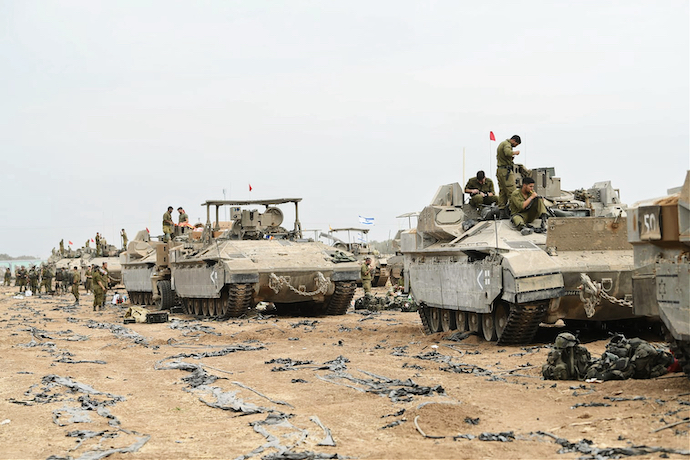The Platform
The Intricacies of Asymmetric Warfare: Lessons from Hamas and LTTE
11.17.2023
Punsara Amarasinghe holds a PhD in International Law from Scuola Universitaria Superiore Sant'Anna in Pisa, Italy. He also holds a Master of Laws from South Asian University, New Delhi and completed his undergraduate studies in law at the University of Colombo, Sri Lanka. Previously, Punsara worked as a research assistant at the Higher School of Economics in Moscow in 2018 for a project on Russian legal realism. He also held two visiting research fellowships at the University of Wisconsin Madison and at Paris's esteemed Sciences PO. For a brief period, he worked at the Minerva Center for Human Rights at Hebrew University, Jerusalem.

